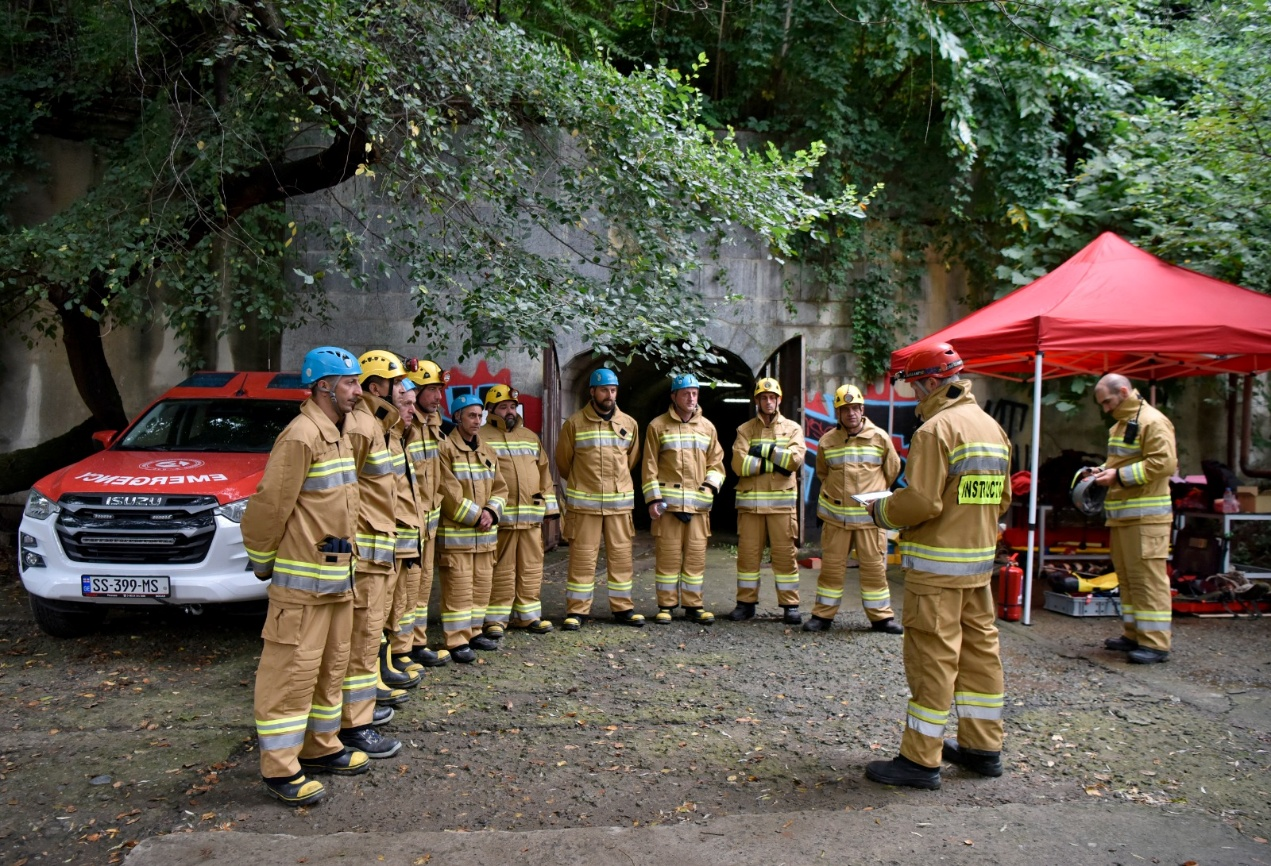Firefighter protective equipment is their last line of defense against danger in the fire scene. However, when purchasing such critical equipment, many organizations fall into traps due to lack of experience or opaque information, resulting in substandard equipment quality and even threatening the lives of firefighters. This article will deeply analyze the five common traps in the procurement of firefighting equipment, and combine the best practices of quality control and supply chain management to provide you with practical solutions.
Trap 1: Insufficient protective performance due to inferior materials
Problem analysis
Inferior materials are one of the most hidden traps in the procurement of firefighting equipment. In order to reduce costs, some suppliers use fibers or low-strength metal accessories that are not flame-retardant, causing the equipment to fail quickly under high temperature and high pressure environments. For example, if the insulation layer of the fire suit is made of non-high temperature resistant materials, it may be burned through in an instant, directly endangering the safety of firefighters.
How to avoid
Strict quality inspection process: When selecting suppliers, require them to provide third-party test reports on material composition and test the performance of equipment through laboratory simulation of extreme environments.
Focus on core indicators: Focus on verifying the flame retardancy (such as compliance with EN469 standard), tear strength (ASTM D5587) and thermal protection performance (TPP value) of the material.
Our solution: Our products are made of aramid composite materials, and all raw materials are certified by ISO 9001 quality management to ensure stable performance.
Trap 2: False certification and test reports
Problem analysis
There are a large number of suppliers in the market who forge international certifications or test reports. If you trust such false documents, you may purchase "compliant" equipment that does not meet safety standards.
How to avoid
Independent third-party testing: Entrust local laboratories to re-test samples, especially for key indicators such as flame retardancy.
Our solution: We can provide globally recognized test reports.
Trap 3: Unstable supply chain leads to delivery delays
Problem analysis
Fire equipment usually requires customized production. If the supplier's raw material supply chain is broken or the production capacity is insufficient, it may lead to longer delivery cycles and affect the emergency reserves of the fire department.
How to avoid
Supply chain transparency: Require suppliers to disclose the source of upstream raw materials and evaluate the reliability of their alternative suppliers.
Contractual binding clauses: Clearly stipulate the liquidated damages for delayed delivery in the agreement, and require suppliers to provide real-time tracking of production progress.
Our solution: We are equipped with a 24-hour online technical team, customers can view every link from raw material procurement to production and packaging in real time, and promise to respond to expedited orders within 48 hours.
Trap 4: Ignoring the ergonomic design of equipment
Problem analysis
Although some equipment meets safety standards, they are bulky and have poor flexibility. Long-term use may cause firefighters to fatigue or restrict their movements, indirectly increasing operational risks.
How to avoid
Field trials and feedback: Organize firefighters to try on equipment before purchasing, and test its design details such as weight distribution and joint range of motion.
Choose modular design: Prioritize the purchase of equipment that can be adjusted in size and supports quick donning to adapt to different body shapes and mission scenarios.
Our solution: Our protective clothing uses 3D ergonomic tailoring and lightweight composite materials to reduce the overall weight by 20%, and adds ventilation holes and quick-on and off zippers to improve wearing comfort.
Trap 5: Lack of after-sales service and insufficient technical support
Problem analysis
Regular maintenance of equipment (such as respirator cylinder inspection and protective clothing repair) directly affects its service life. If the supplier lacks a technical support team, it may lead to "one-time use" of the equipment.
How to avoid
Clear service agreement: Require suppliers to provide at least 5 years of free maintenance services in the contract and stipulate the fault response time limit.
Training support: Ensure that suppliers provide equipment use training and maintenance guidelines to reduce the risk of human operation errors.
Our solution: We provide customers with a 24-hour online technical team to remotely guide emergency problem handling.
Conclusion: Protect life safety with professional procurement
The procurement of firefighting equipment is not a simple "price comparison", but requires full control of the entire process from materials, certification, supply chain to after-sales service. As a supplier focusing on the field of fire protection, we help customers avoid risks through strict quality inspection, transparent supply chain, and humanized design. Three core advantages ensure that every piece of equipment can become a reliable shield for firefighters at critical moments.
Contact us now to obtain fire protection equipment solutions that meet international standards and provide real safety protection for your team.

 EN
EN
 AR
AR
 HI
HI
 JA
JA
 KO
KO
 NO
NO
 RU
RU
 CA
CA
 TL
TL
 IW
IW
 ID
ID
 SR
SR
 UK
UK
 VI
VI
 SQ
SQ
 GL
GL
 MT
MT
 TH
TH
 TR
TR
 FA
FA
 AF
AF
 MS
MS
 SW
SW
 CY
CY
 IS
IS
 MK
MK
 HY
HY
 AZ
AZ
 EU
EU
 KA
KA
 HT
HT
 UR
UR
 BN
BN
 LA
LA
 MN
MN
 NE
NE
 SO
SO
 MY
MY
 KK
KK
 UZ
UZ



